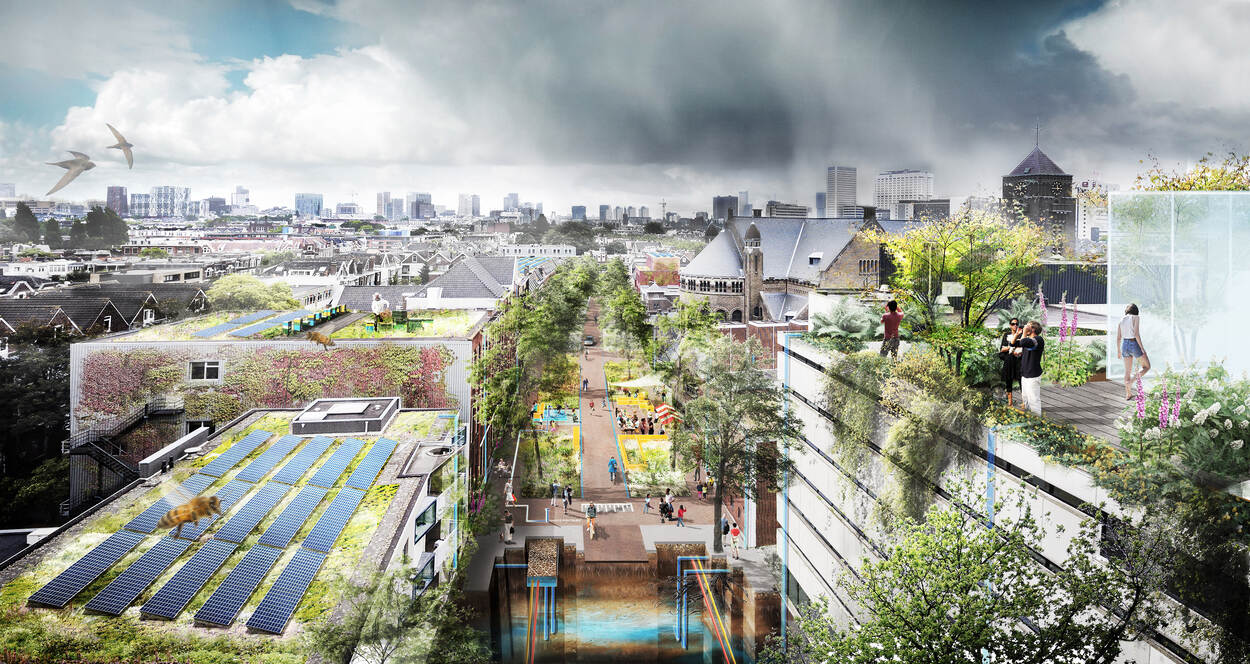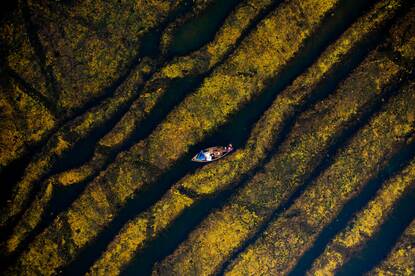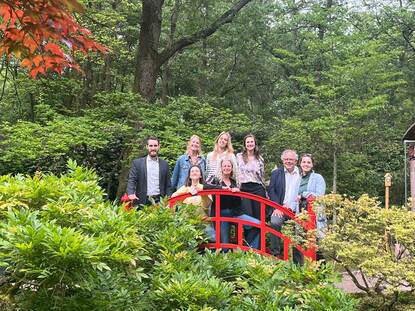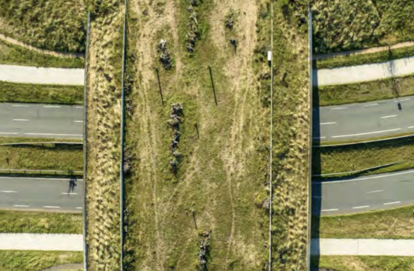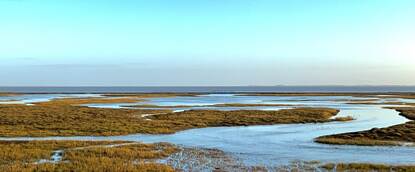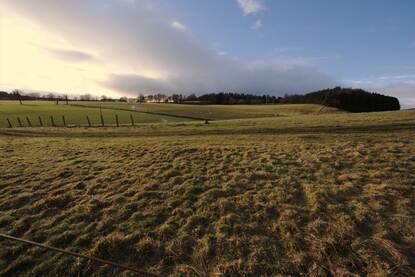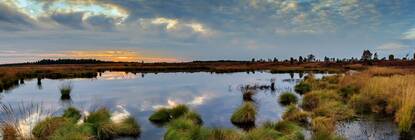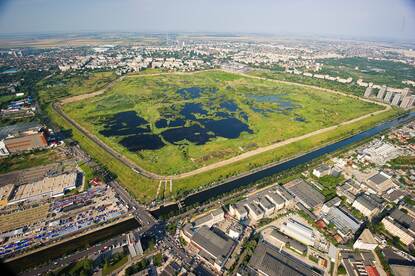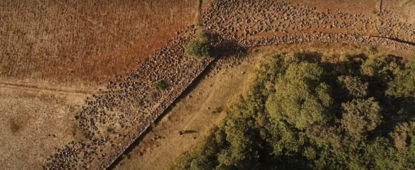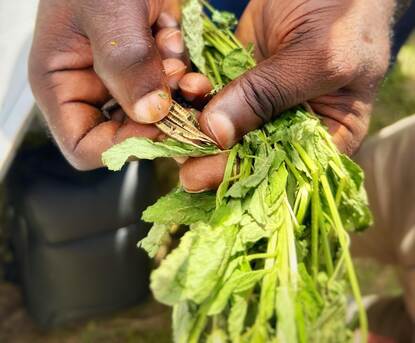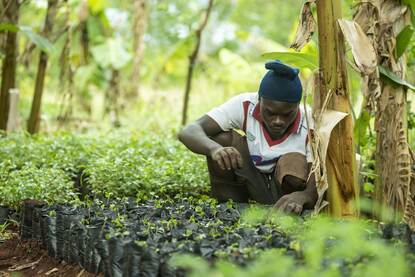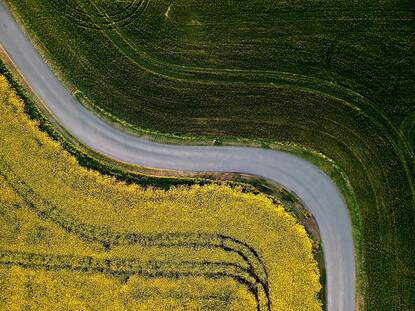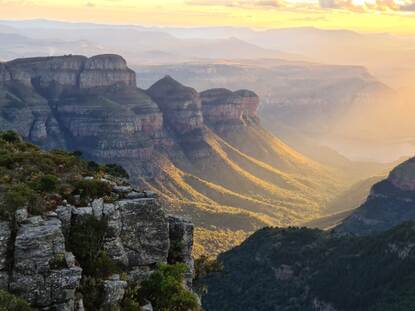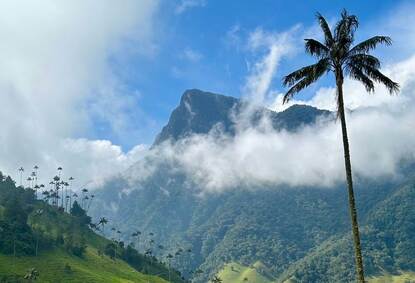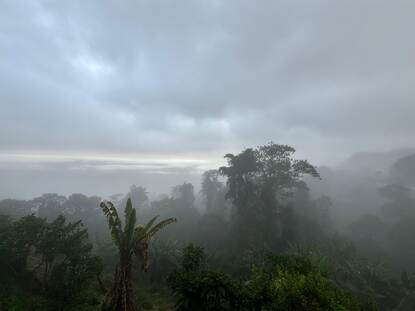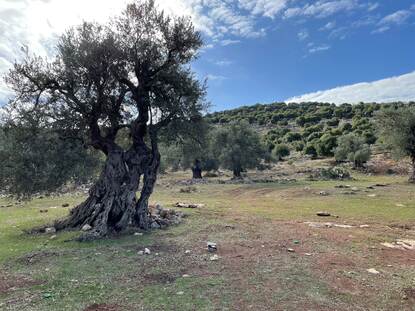Foto Robert Fruinstraat by Arcadis
Cities are facing the growing challenge of maintaining a healthy balance between their development and the natural environment. In the Netherlands, a unique collaboration between policymakers, ecologists, and local communities is setting the stage for a greener, more biodiverse future. Hendrike Geessink, policy officer at the Dutch Ministry of Agriculture, Fisheries, Food Security, and Nature, emphasizes the need for a green, healthy environment in urban areas while Victor Beumer, an ecologist and domain leader within the Nature-inclusive Collective advocates the involvement of civil society.
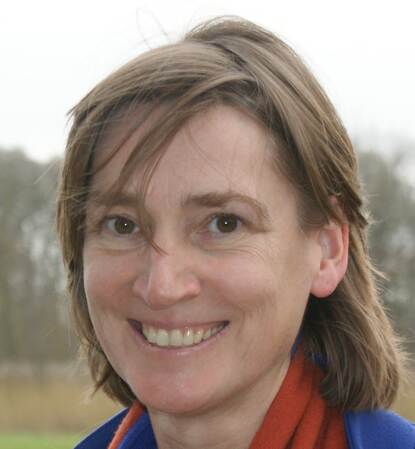
Hendrike Geessink is a policy officer working for the Green in and around the city program at the Dutch Ministry of Agriculture, Fisheries, Food Security and Nature, a cooperation with the Dutch Ministry of Housing and Spatial Planning. ‘Our main goal is to create green and healthy living spaces for people, animals, and plants in our built environment,’ she says. ‘People tend to think about cities when talking about our built environment. But it goes beyond that. It includes villages, small municipalities, and business parks as well.
Promoting basic quality of nature
The starting point of Geessink’s work is the so-called basic quality of nature. Geessink: ‘Basic quality of nature describes the set of conditions required for general species to become or remain common. It provides a perspective for bringing nature back into our landscapes, especially outside protected nature reserves, i.e. our built environment. To promote that, our program provides what we call “guidelines”. There are two: for climate adaptation and green spaces in and around the city. These guidelines show local governments which steps to take to make their surroundings greener and more sustainable. We like to call them inspiration documents.’
Also, we make existing knowledge and best practices available to local governments, for instance, on several websites. And finally, we provide insights into the costs and benefits. We have initiated research at a national scale, and now we are testing this at a regional and local scale in business cases.
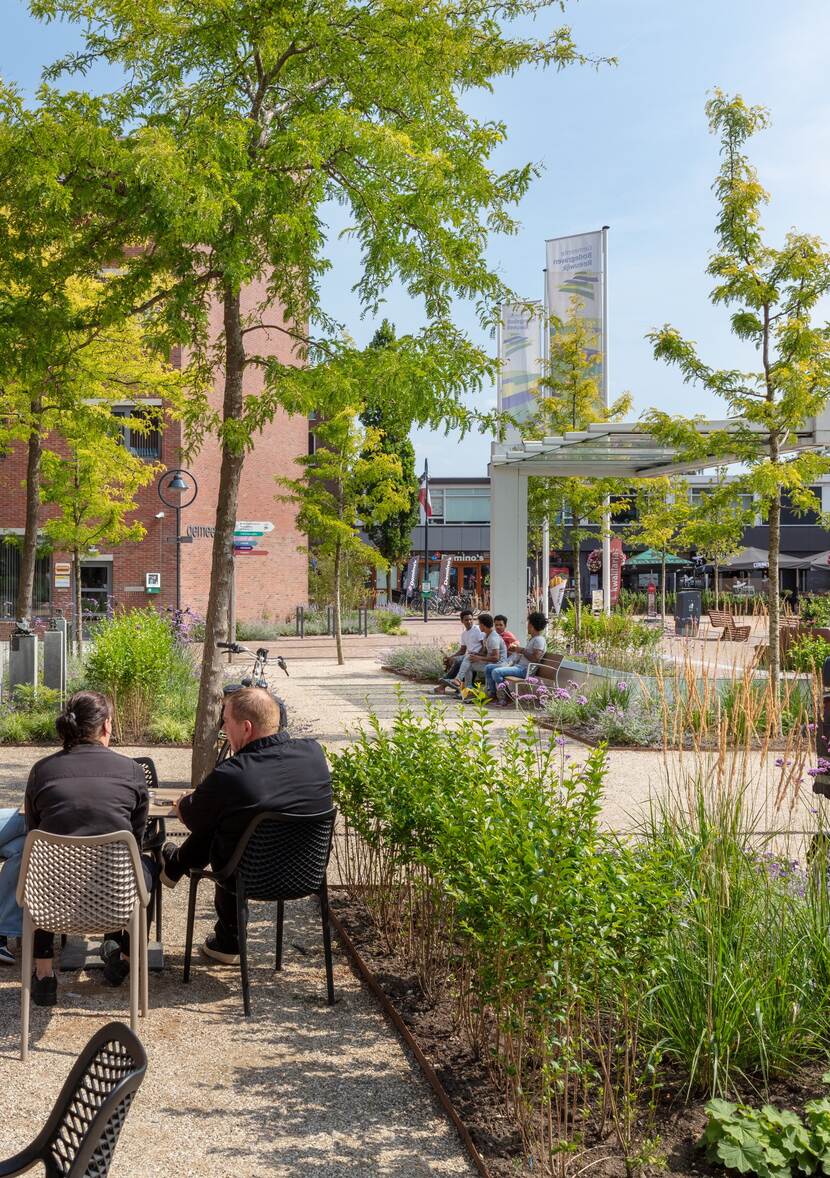
Interdepartmental cooperation
Geessink and her colleagues work closely together with other Dutch ministries. Geessink: ‘When promoting nature and biodiversity in urban areas, you’re dealing with housing and climate adaptation as well and they fall under the policy areas of the Ministry of Housing and Spatial Planning, and of Infrastructure and Water Management. In some cases, the Ministry of Health, Welfare, and Sport is involved, too. After all, green spaces in our daily living environment add significant value to our health. They encourage people to be active, for instance, and help foster social connections. And they help promote a healthy, livable city in terms of climate change. And last but not least: most people enjoy seeing butterflies, birds and bumblebees in their daily living environment!’
‘The coming period, an internationally important subject we work on is the development of the national Nature Restoration Strategy, with urban environments as one of the subjects. We do that in cooperation with other ministries, of course.’
Fitting in with the Nature-inclusive Agenda 2.0
How do green spaces in urban areas fit in with the Nature-inclusive Agenda 2.0? Geessink: ‘The Nature-inclusive Agenda 2.0 is very much about public-private partnerships. It covers several domains, one of which is construction. And that domain addresses the built environment, housing construction, and how to make those nature inclusive. For instance, when building a new home, can you include a birdhouse on the facade? Or make sure there are shrubs with berries in the garden. We’ve developed a strong collaboration with that part of the nature-inclusive agenda. We inspire each other and try to push our shared ideas forward in the best possible way."
‘Green spaces in our daily living environment encourage people to be active, help foster social connections, and promote a healthy, livable city in terms of climate change’
Sharing experiences and leading the way
Local governments are involved as well, although in varying degrees. Geessink: ‘Some of them are real frontrunners. They’re highly ambitious and driven by intrinsic motivations. Like cities as Arnhem, Rotterdam, Leiden, Utrecht, and Groningen. In Groningen, for example, they’re restoring the Hunze, a little river that used to flow through the city. Similar to what happened in Utrecht with the Singel. Very nice examples of creating ‘green/blue networks’: for ecology and inhabitants. We need those frontrunners to lead the way and share their experiences.’

Involving residents in creating greener cities
One of those frontrunners is Victor Beumer. He is an ecologist at Aveco de Bondt, a consultancy firm. Beumer: ‘I have mainly worked on issues related to nature inclusivity in the built environment, focusing on biodiversity, climate adaptation, and health. I’ve been doing this for quite a while and worked internationally for many years. But for the last two and a half years, I’ve been at Aveco de Bondt. Next to this role came the domain leadership for construction within the Nature-inclusive Collective. For my activities with the Collective, I’m involved in the National Park City movement.’
National Park City is an international 'movement'. In 2019, London became the first National Park City and Adelaide in Australia followed in 2021. Beumer: ‘It is a bottom-up movement aimed at greening urban areas, driven by residents and local organizations. When residents start projects to make their surroundings greener, city councils often feel things are happening without their oversight.’ The National Park City initiative provides a framework and a plan that guides this process, making it easier to align with municipal green policies.’
Practical approach to local initiatives
Many cities around the world are moving to become a National Park City, including Glasgow, Rotterdam, Breda and Southampton. By being part of this international movement, a municipality gains access to knowledge, inspiration and support from other participants worldwide. National Park City is not just about knowledge and inspiration. It’s also a practical approach to how local initiatives, involved residents and effective policy can be connected.
Beumer: ‘It’s about setting a collective vision based on the needs of the residents. What they want to see in their city. And making sure that everyone has equal access to green spaces, including people with disabilities and different ethnic groups. This plan also includes communication strategies for the city council to engage with its residents, which is critical.’
Breda as third National Park City worldwide
In the Netherlands, Breda is on track to become the third National Park City in the world after London and Adelaide. Beumer: ‘They started by asking residents what they wanted, and the overwhelming response was for a greener, more enjoyable city. They have made their streets, facades and gardens greener. And stones and concrete blocks have made way for trees, planters and bushes.’
‘Also, the city council has provided space for community initiatives and acquired land to create a green ring around the city. They’ve come up with innovative ideas, such as converting an old industrial building into a green oasis where biodiversity can flourish undisturbed.’
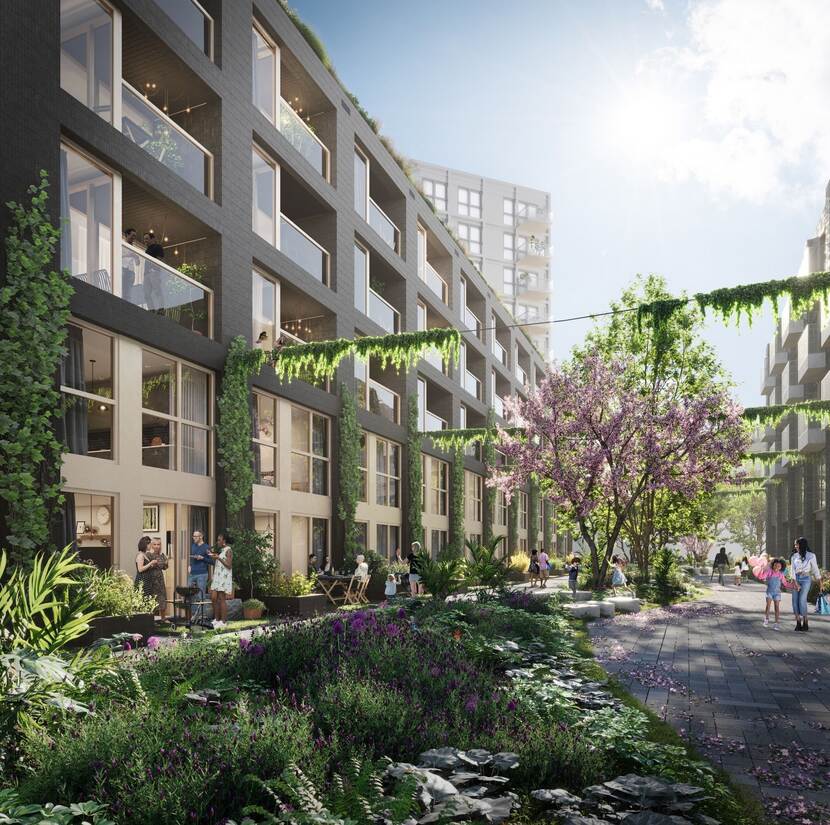
Nature and outdoors for those who benefit most
Beumer encourages local governments and civil society organizations in the Netherlands to investigate National Park City. ‘I would advise them to contact the National Park City Foundation in the United Kingdom. They are very supportive and take their time to help you and answer your questions. Their CEO, Mark Cridge, is very hands-on. If I need him to come to the Netherlands, he’ll be there.’
He concludes: ‘Access to nature and the outdoors is essential to all citizens, but it’s not always available to those who benefit most. National Park City can help change that.’
